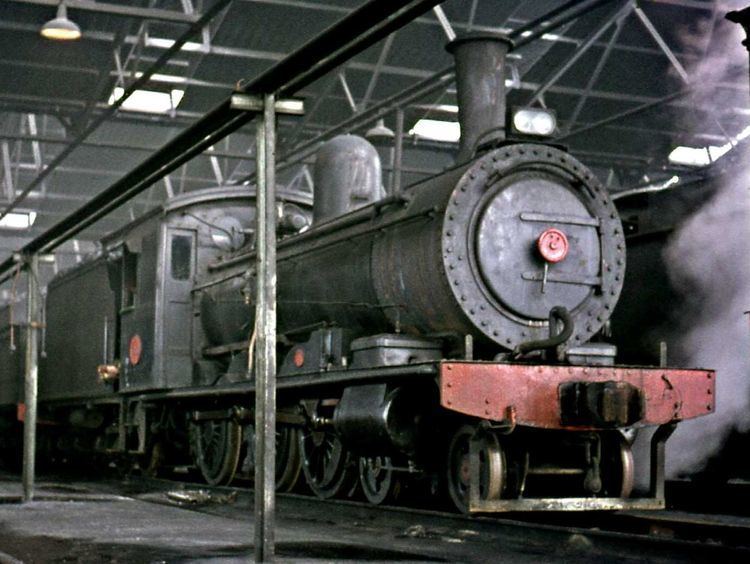Locomotive SAR Classes 6B & 6E Builder South African Railways | Designer South African Railways In service c. 1925 Configuration 2-axle bogies | |
 | ||
The South African type XE tender was a steam locomotive tender.
Contents
Type XE tenders were rebuilt from Type XC1 tenders, which had entered service in 1897 and 1898. The rebuilding resulted in a tender with a larger water tank and larger coal bunker.
Origin
The original Cape Government Railways (CGR) 6th Class locomotive and tender was designed at the Salt River works of the CGR in Cape Town in 1892, under the supervision of Western System Locomotive Superintendent H.M. Beatty. In 1897 and 1898, the CGR placed a third batch of 55 6th Class steam locomotives in service, which would be designated Class 6B on the South African Railways (SAR) in 1912.
The Type XC1 entered service as tenders to these locomotives. More entered service in 1898, as tenders to the Oranje-Vrijstaat Gouwerment-Spoorwegen (OVGS) 6th Class L3, Class 6E on the SAR. These two Classes were built by Dübs and Company, Neilson and Company, Neilson, Reid and Company and Sharp, Stewart and Company.
Rebuilding
From c. 1925, several of the Type XC1 tenders were completely rebuilt by the SAR by mounting a new upper structure on the existing underframe, with larger water tanks and a larger coal capacity. These rebuilt tenders had a more modern appearance, with flush sides all the way to the top of the coal bunker. They were designated Type XE.
The program to rebuild several older tender types with new upper structures was begun by Col F.R. Collins DSO, who approved several of the detailed drawings for the work during his term in office as Chief Mechanical Engineer (CME) of the SAR from 1922 to 1929. It was continued by his successor, A.G. Watson.
Characteristics
The rebuilt tender had a water capacity which had been increased from 2,600 to 2,850 imperial gallons (11,800 to 13,000 litres) and a coal capacity which had been increased from 5 long tons 10 hundredweight (5.6 tonnes) to 8 long tons (8.1 tonnes).
Classification letters
Since many tender types are interchangeable between different locomotive classes and types, a tender classification system was adopted by the SAR. The first letter of the tender type indicates the classes of engines to which it can be coupled. The "X_" tenders could be used with the locomotive classes as shown.
The second letter indicates the tender's water capacity. The "_E" tenders had a capacity of between 2,800 and 2,855 imperial gallons (12,700 and 13,000 litres; 3,360 and 3,430 US gallons).
A number, when added after the letter code, indicates differences between similar tender types, such as function, wheelbase or coal bunker capacity.
